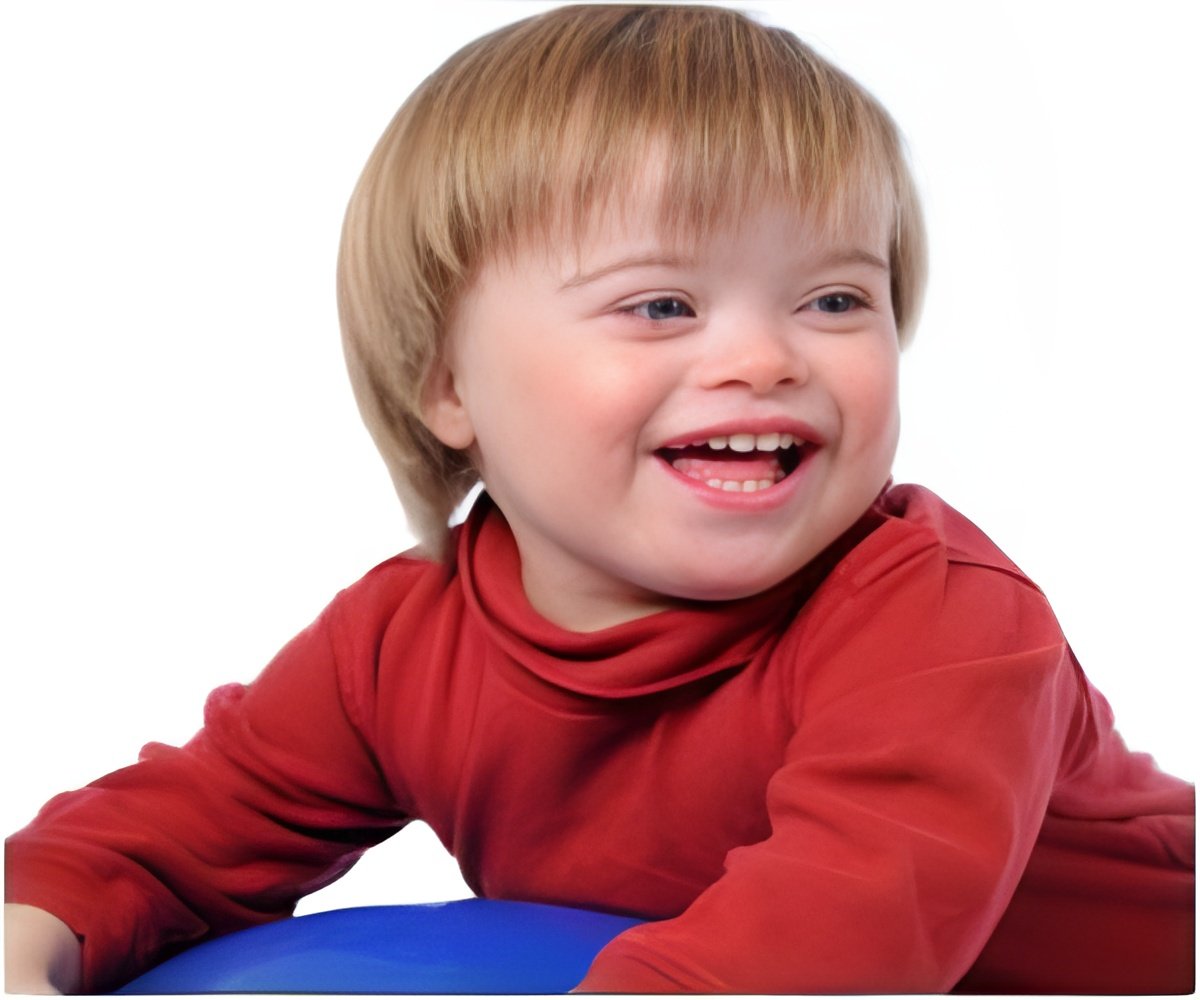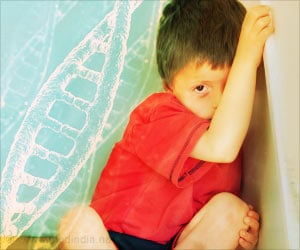Doctors and families need fundamental information about Christianson syndrome because this severe condition that resembles autism has symptoms that take around a decade to appear

In conducting their study, which includes detailed behavioral, medical and genetic observations of 14 boys with CS from 12 families, the team of scientists and physicians worked closely with families of the small but fast-growing Christianson Syndrome Association , including hosting the group's inaugural conference at Brown's Alpert Medical School last summer.
In their study, Morrow's team was able to quantify the most frequent symptoms specific to CS. These include moderate to severe intellectual disability, epilepsy, difficulty or inability walking and talking, attenuated head and brain growth, and hyperactivity. Boys sometimes exhibit other specific symptoms – including autism-like behaviors, low height and weight, acid reflux, and regressions in speech and motor skills after age 10 – that the researchers include as secondary proposed diagnostic criteria. A third of the boys also had potentially neurodegenerative problems such as atrophy of the cerebellum.
What's still not clear is whether the disease limits the eventual lifespan of patients.
Many CS traits, including a very happy disposition, appear similar to those of another autism-like condition, Angelman Syndrome, but the study defines important differences.
Girls, who have two X chromosomes, can also be carriers of CS mutations, but they appear to be affected differently and less severely or not at all, the study reports.
Morrow said there is evidence that SLC9A6 mutations – and therefore CS – may be a relatively common source of X-linked intellectual disability. One study, for example found that SLC9A6 mutations in two of 200 people suspected of having X-linked ID. Another found that 1 in 19 families with a case of ID exhibited a mutation that truncated the NHE6 protein.
"If we assume that between 1-3 percent of the world's population is diagnosed with an intellectual disability and approximately 10-20 percent of the causes are due to X-linked genes, then we can estimate that CS may affect between 1 in 16,000 to 100,000 people," Morrow and his co-authors wrote. Worldwide that frequency would add up to more than 70,000 cases.
In a paper published last year, Morrow's research group found that NHE6 is underexpressed in the brains of many children with more general forms of autism. This potential connection suggests that learning about CS can help doctors and scientists learn about autism.
Similarly by studying the regression of walking and verbal skills among Christianson boys, Morrow said researchers could learn more about regressions in autism.
"Christianson syndrome, I hope will be a model," Morrow said. "If we could understand the biological mechanism that leads to that loss, and we can prevent it, by developing a treatment, then these kids will remain further ahead."
Such advances will require much more study, but Morrow said that by uncovering a variety of mutations that all lead to the disease, the study provides a wealth of new information for that work.
Source-Eurekalert
 MEDINDIA
MEDINDIA


 Email
Email





